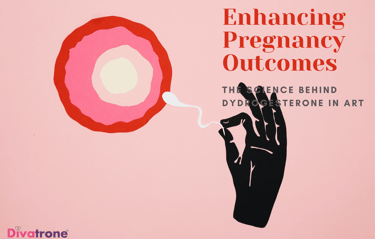Enhancing Pregnancy Outcomes: The Science Behind Dydrogesterone in ART
Decoding Dydrogesterone Monotherapy: A Critical Review by Dr. Ameet Patki
DIVATRONE


(Fulltext may be made available on demand)
Here are all the answers:
How do IVF‑FET cycles cause LPD?
Is LPS effective in improving clinical outcomes of IVF‑ART?
What is the current evidence on dydrogesterone for LPS in IVF‑ART?
What is the clinical evidence on dydrogesterone for luteal support in FET?
Are there any advantages of dydrogesterone over other treatments for LPS?
How safe (in women & neonates) and tolerable is dydrogesterone?
Ovarian hyperstimulation during IVF cycles causes LPD, a condition of insufficient progesterone. Intramuscular or vaginal progesterone and dydrogesterone are commonly used for LPS in FET.
Oral dydrogesterone has a higher bioavailability than progesterone and has high specificity for progesterone receptors. Though micronized vaginal progesterone has been the preferred option, recent data suggest that oral dydrogesterone might be an alternative therapeutic option for LPS to improve clinical outcomes of IVF cycles.
Dydrogesterone has a good safety profile and is well tolerated. Its efficacy has been evaluated in several clinical studies and demonstrated to be non-inferior to micronized vaginal progesterone in large-scale clinical trials. Oral dydrogesterone may potentially become a preferred drug for luteal phase support in millions of women undergoing IVF.
Reference - Reprod. Sci. 2024;31(1):17-29